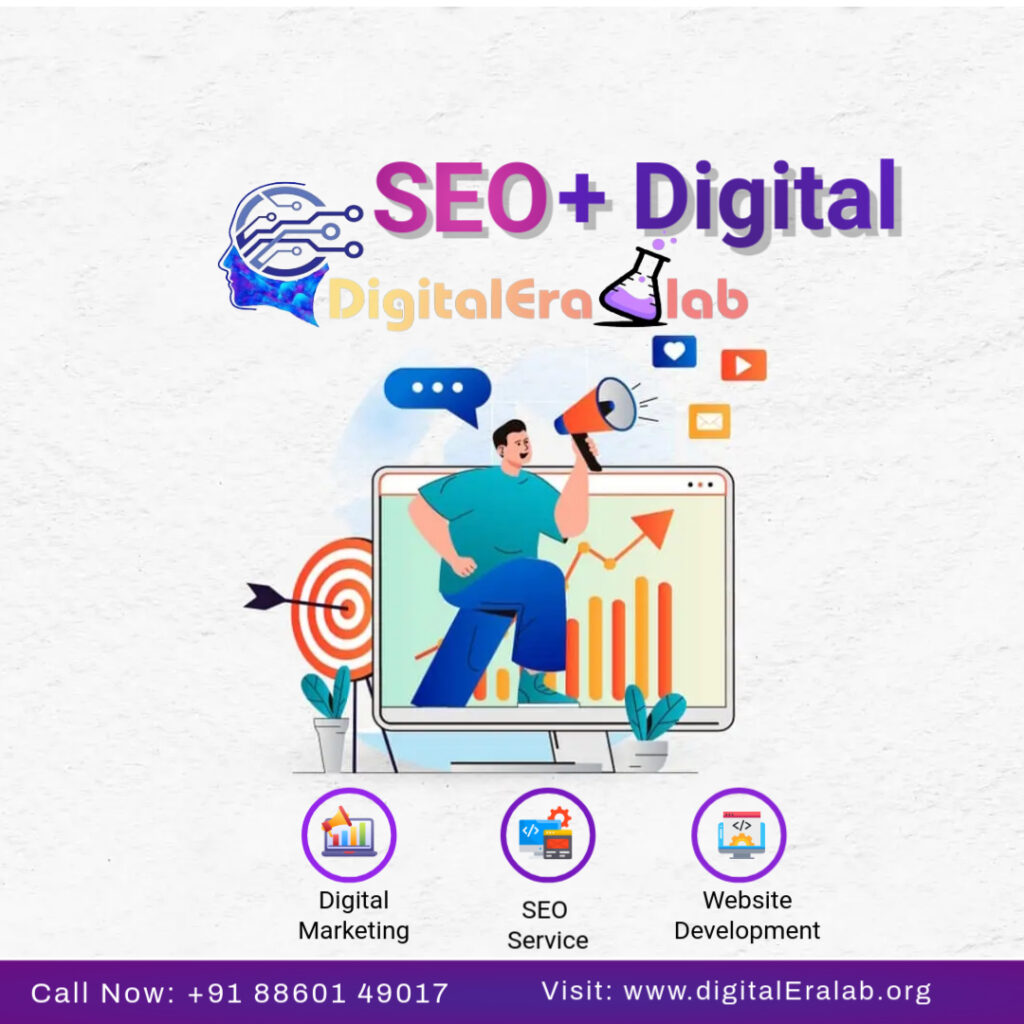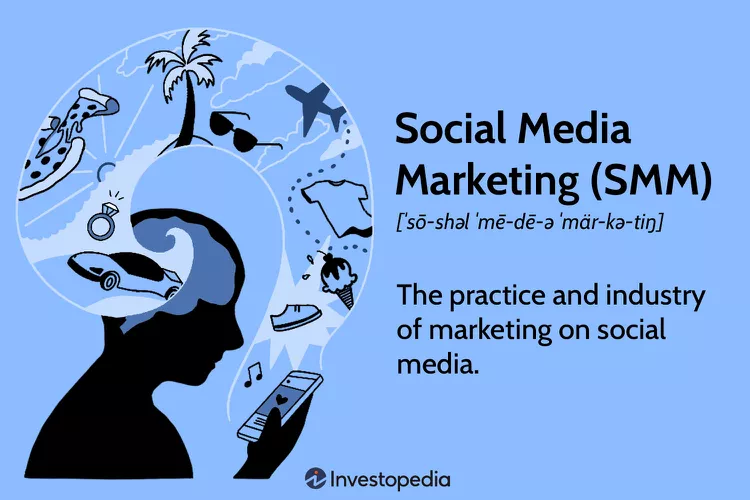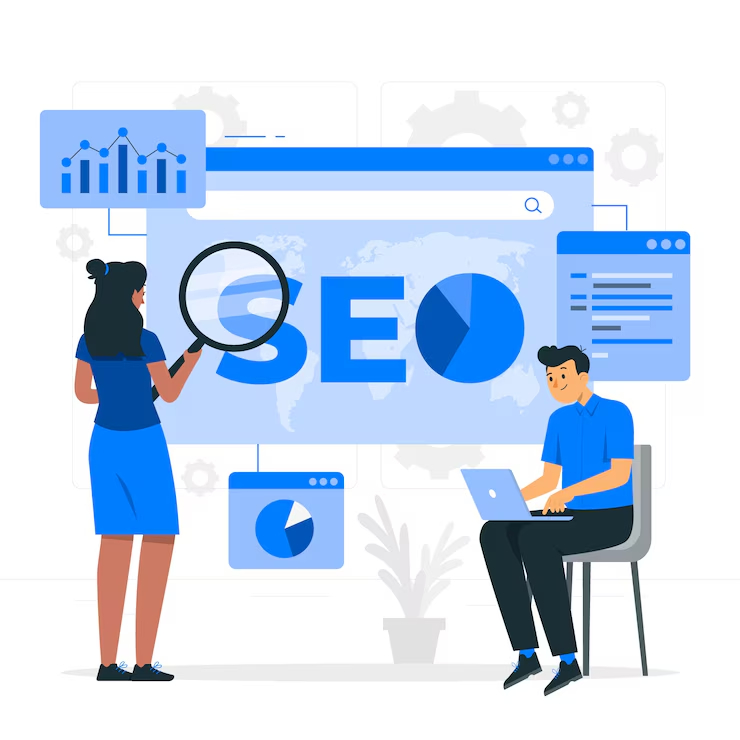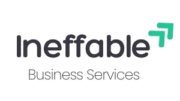🔍 SEO Explained
🔍 SEO Explained: Complete Guide to On-Page & Off-Page SEO (2025)
📘 Introduction: What is SEO?
SEO stands for Search Engine Optimization. It’s the process of optimizing your website to rank higher on search engines like Google, bring in more organic traffic, and grow your visibility online.
Imagine having the best website, but nobody sees it. That’s where SEO comes in—it helps people find your content when they search for something related.
SEO is made up of two major parts:
- On-Page SEO: Things you do on your website.
- Off-Page SEO: Things you do outside your website to boost its reputation.
In this blog, we’ll break down both types in simple terms, with tips you can use today to grow your traffic in 2025.

🧩 Why SEO Matters in 2025
Search engines are still the #1 way people discover information, products, and services. In 2025, with AI-generated content and voice search growing fast, SEO is more important than ever.
If you’re a blogger, business owner, freelancer, or marketer—understanding SEO is a must.
- 70% of marketers say SEO is more effective than PPC.
- 53% of all website traffic comes from organic search.
- People trust organic results more than ads.
So let’s understand how to get your site in those top positions!

🛠️ Part 1: On-Page SEO – Everything You Do On Your Website
On-page SEO includes all the changes and improvements you make directly on your website to help it rank better. Think of it as making your website easy for both humans and search engines.
✅ 1. Title Tags and Meta Descriptions
- Title Tag is the clickable headline in search results.
- Keep it under 60 characters.
- Include your main keyword (e.g., “Best Travel Photography Tips 2025”).
- Meta Description is the small paragraph below the title.
- Write a clear summary (under 160 characters).
- Make it engaging to get more clicks.
👉 Tip: Use tools like Yoast or RankMath to preview your meta tags.
✅ 2. Headings (H1, H2, H3)
- Use H1 for the main title (only one per page).
- Use H2 and H3 for subheadings and structure.
- Include keywords naturally in your headings.
This helps both users and Google understand your content better.
✅ 3. URL Optimization
- Keep URLs short and keyword-rich.
- Example:
yourdomain.com/seo-guide-2025
- Example:
- Avoid numbers, special characters, or random letters.
✅ 4. Keyword Placement
- Place your main keyword:
- In the title
- In the first 100 words
- In headings and subheadings
- Throughout the body naturally
👉 Avoid keyword stuffing. Use variations and related terms (LSI keywords).
✅ 5. Content Quality (Most Important!)
- Write helpful, original, and complete content.
- Use simple language and short paragraphs.
- Add:
- Bullet points
- Internal links (to other pages on your site)
- External links (to trustworthy sources)
- FAQs and answers
Content is king, but context, clarity, and user value are the kingdom.
✅ 6. Image Optimization
- Compress images to load fast (use TinyPNG or ShortPixel).
- Use descriptive file names (
seo-guide-2025.jpg). - Add ALT text to describe each image (helps with SEO and accessibility).
✅ 7. Mobile-Friendliness
- Use responsive design so your site looks good on all devices.
- Google uses mobile-first indexing, so your mobile site is the most important.
✅ 8. Page Speed
- Use tools like Google PageSpeed Insights or GTmetrix.
- Improve speed by:
- Using caching
- Compressing images
- Minimizing scripts
- Using a CDN
👉 Fast sites = Better rankings and lower bounce rates.
✅ 9. Internal Linking
- Link to other pages on your site.
- Helps users stay longer and improves site structure.
✅ 10. Structured Data (Schema Markup)
- Add schema to enhance how your site appears in search results.
- For example: recipe stars, FAQs, product prices.
Use Google’s Structured Data Tool or plugins like Rank Math.
🔗 Part 2: Off-Page SEO – Boosting Your Website’s Authority
Off-page SEO includes all the actions you take outside your website to improve its trust, relevance, and authority.
The main goal is to get backlinks—when other websites link to yours. It shows Google your content is trustworthy.
🔥 Why Off-Page SEO is Powerful
Think of backlinks like votes. The more high-quality votes you get, the more Google trusts your site.
But not all links are equal.
A link from a high-authority site (like Forbes or HubSpot) is 100x more powerful than a random blog.
💼 Types of Off-Page SEO
✅ 1. Link Building
a. Guest Posting
- Write valuable posts for other blogs in your niche.
- Add 1-2 links back to your site.
b. Broken Link Building
- Find broken links on other websites and offer your content as a replacement.
c. Skyscraper Technique
- Find popular content, create a better version, and reach out to those who linked to the original.
d. HARO (Help A Reporter Out)
- Answer journalist questions and get featured (and linked) in articles.
👉 Always focus on quality over quantity.
✅ 2. Social Media Signals
- Share your content on platforms like:
- More shares = more traffic = more chances of getting backlinks.
✅ 3. Influencer Outreach
- Partner with influencers or bloggers in your industry.
- They can review your product or link to your blog.

✅ 4. Forum and Community Participation
- Be active in places like Quora, Reddit, and niche forums.
- Answer questions, link your blog if relevant (avoid spamming).
✅ 5. Local SEO and Citations
If you run a local business, focus on:
- Google My Business listing
- NAP consistency (Name, Address, Phone)
- Listings on Yelp, Justdial, Sulekha, etc.
✅ 6. Online Reviews
- Ask happy customers to leave reviews on Google and review sites.
- Positive reviews build trust and improve local SEO.
✅ 7. Brand Mentions
Even if a website doesn’t link to you, a mention of your brand still adds SEO value.
🚨 Avoid These Off-Page SEO Mistakes
- Buying links (against Google policy)
- Overusing anchor text
- Getting links from spammy websites
- Link exchanges (I link you, you link me)
Stay clean. Google’s penalties are harsh.
📈 How to Track SEO Performance
Use these tools to monitor your growth:
- Google Search Console – See your rankings and indexing issues.
- Google Analytics – Track user behavior and traffic sources.
- Ahrefs / SEMrush / Ubersuggest – Check backlinks, keywords, and competition.
- PageSpeed Insights – Monitor performance.
🧠 Final Thoughts: Which is More Important—On-Page or Off-Page?
Both are important, but here’s how to think:
- Start with On-Page SEO → It’s 100% under your control.
- Then grow Off-Page SEO → It takes effort, time, and outreach.
The two work together like body and soul. One boosts your content quality. The other builds your content’s reputation.
If you apply both the right way, you’ll see real results: higher rankings, more traffic, and better leads.
✍️ Recap Checklist
| On-Page SEO | Off-Page SEO |
|---|---|
| Optimized titles & descriptions | Backlink building |
| Mobile-friendly design | Guest posting |
| Page speed & image optimization | Influencer outreach |
| Keyword-rich headings | Social media sharing |
| Structured content & internal links | Local SEO & reviews |
🙋♀️ FAQs About SEO
Q1. How long does SEO take to show results?
It usually takes 3-6 months to see noticeable changes in rankings and traffic.
Q2. What is the best free SEO tool?
Google Search Console is one of the best free tools. Also try Ubersuggest and Ahrefs free version.
Q3. Is SEO still relevant in 2025?
Yes! With AI and smart search evolving, SEO is more essential than ever.
